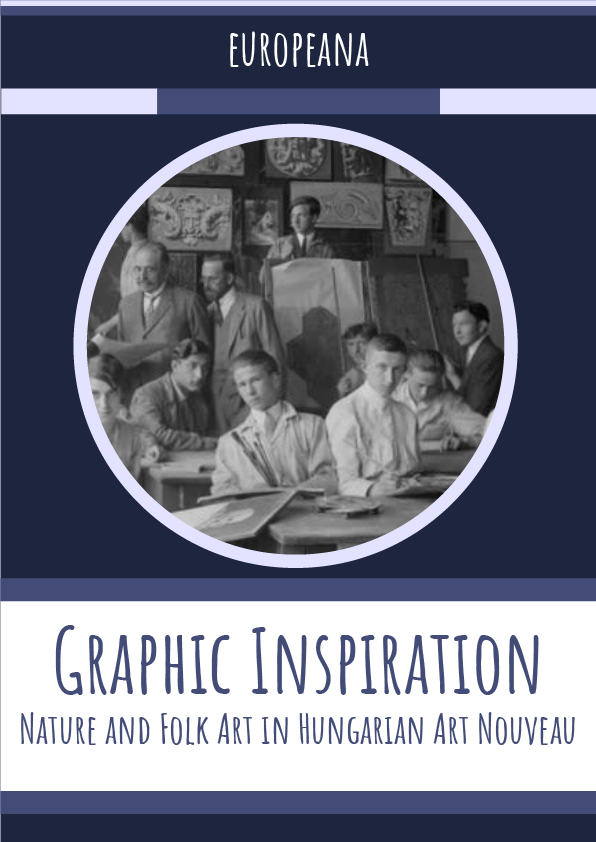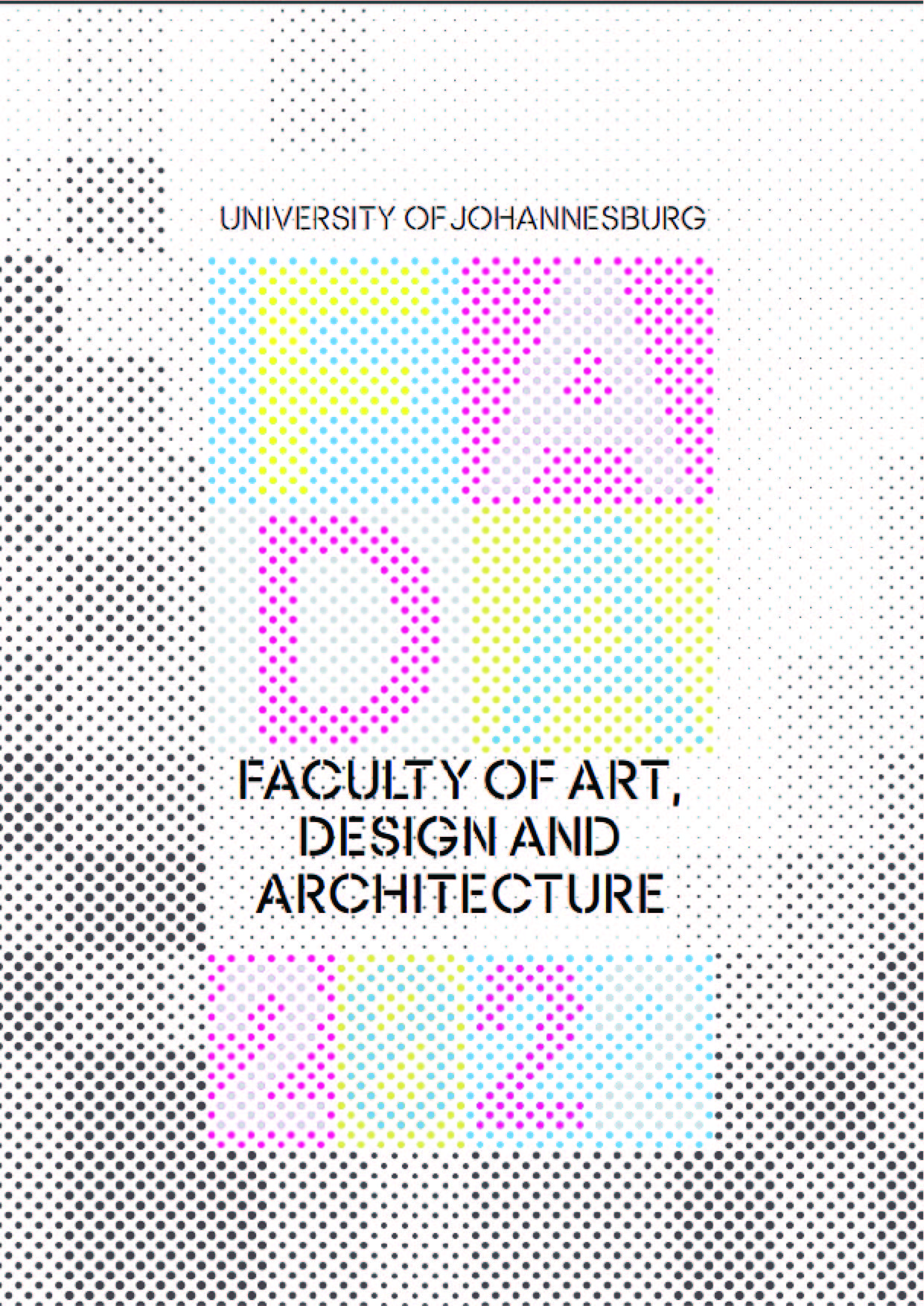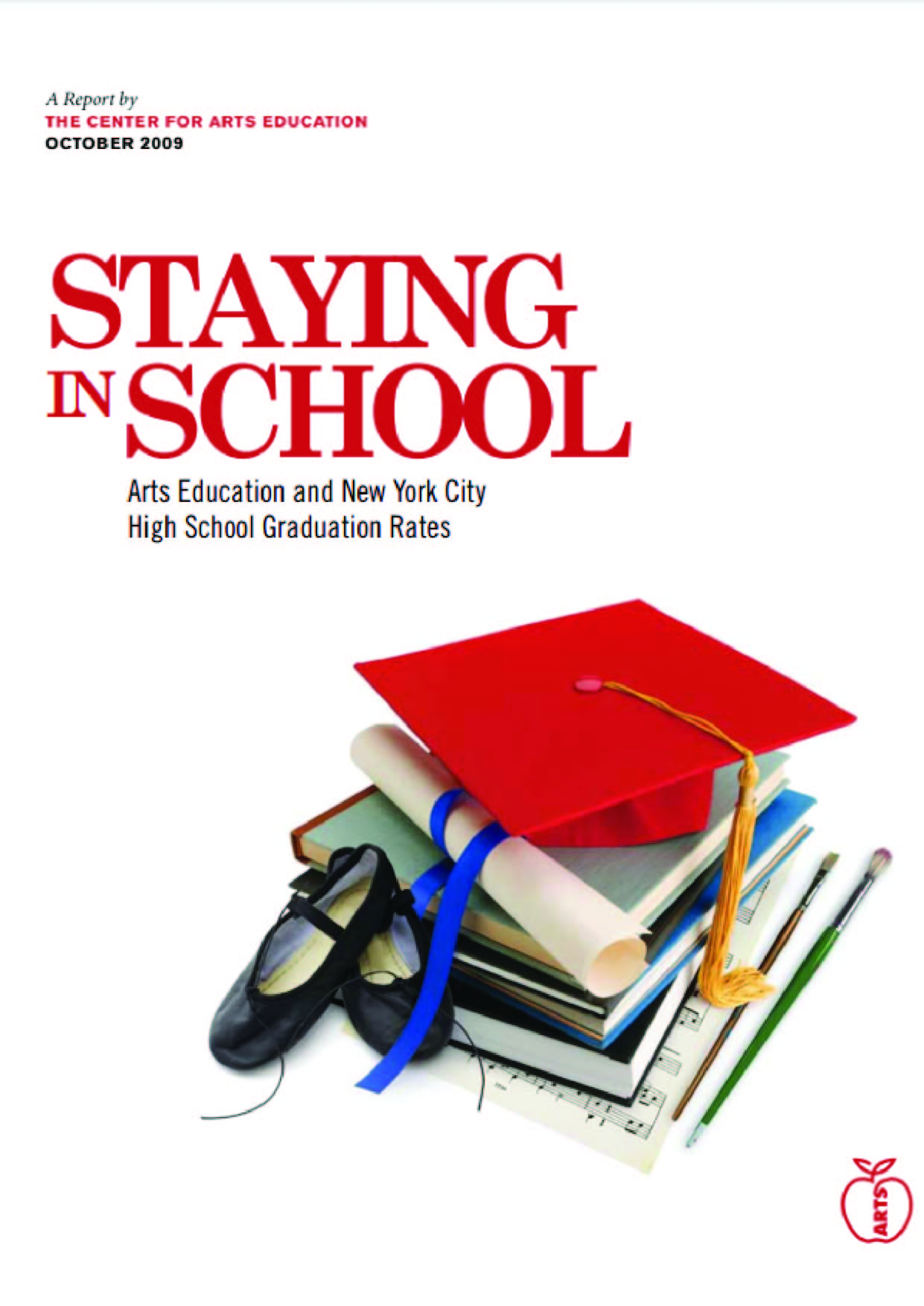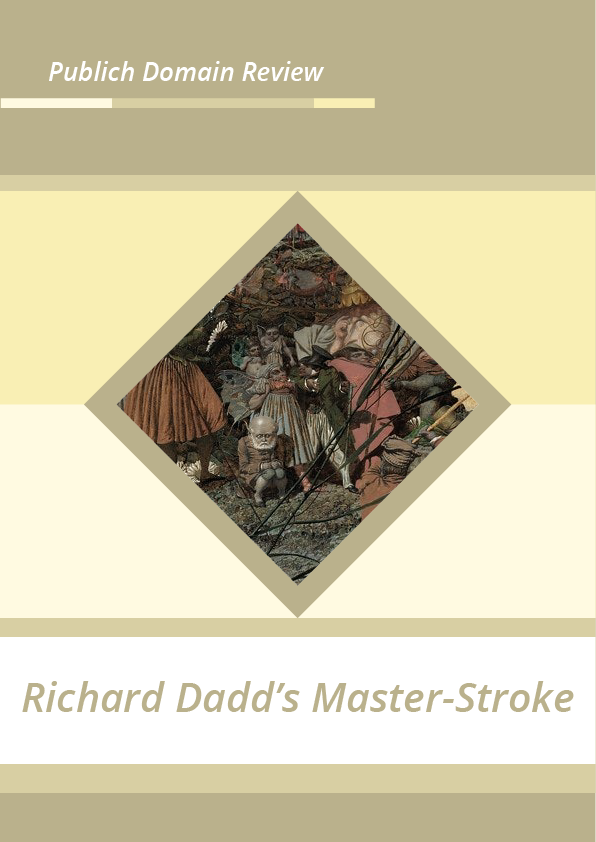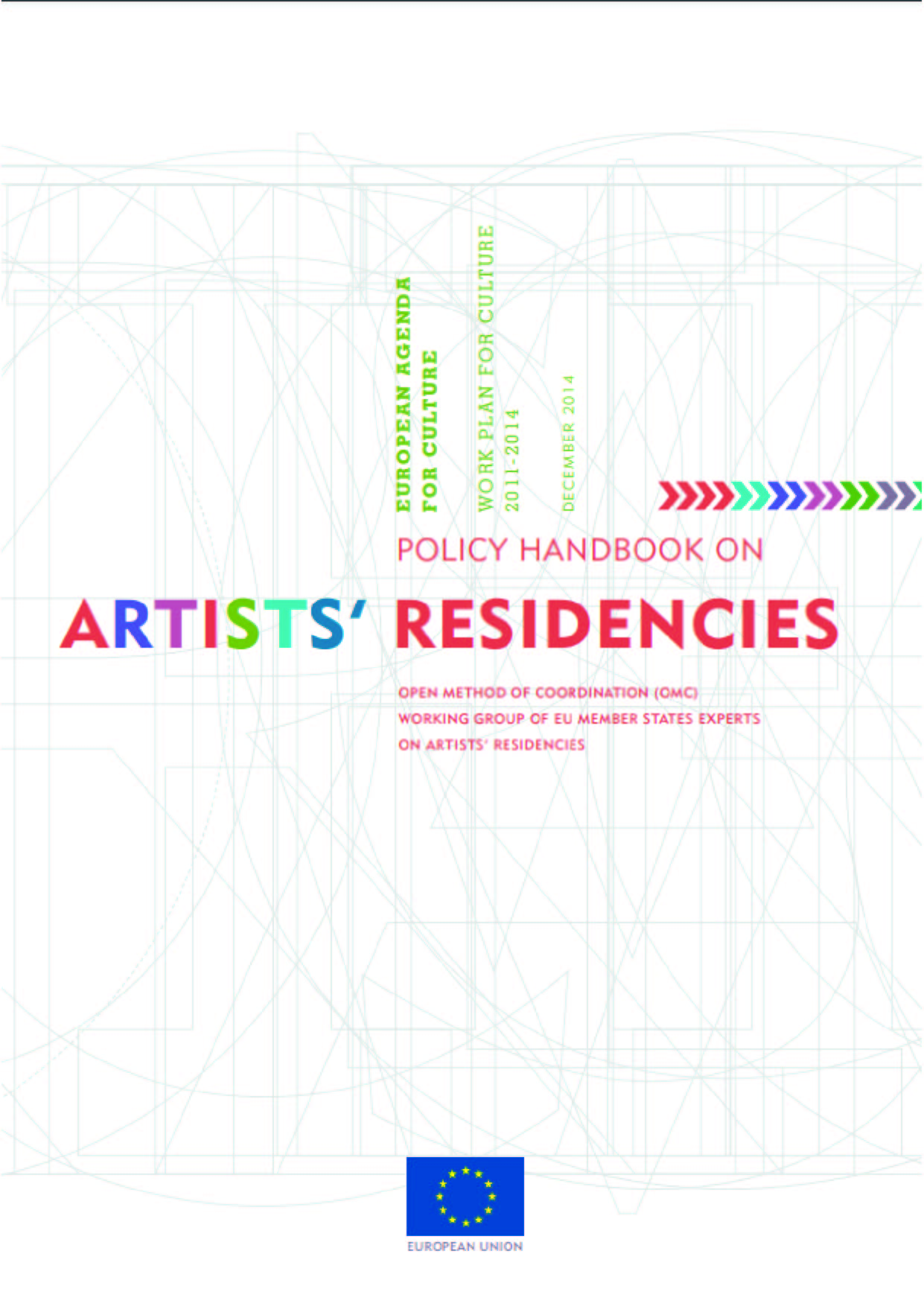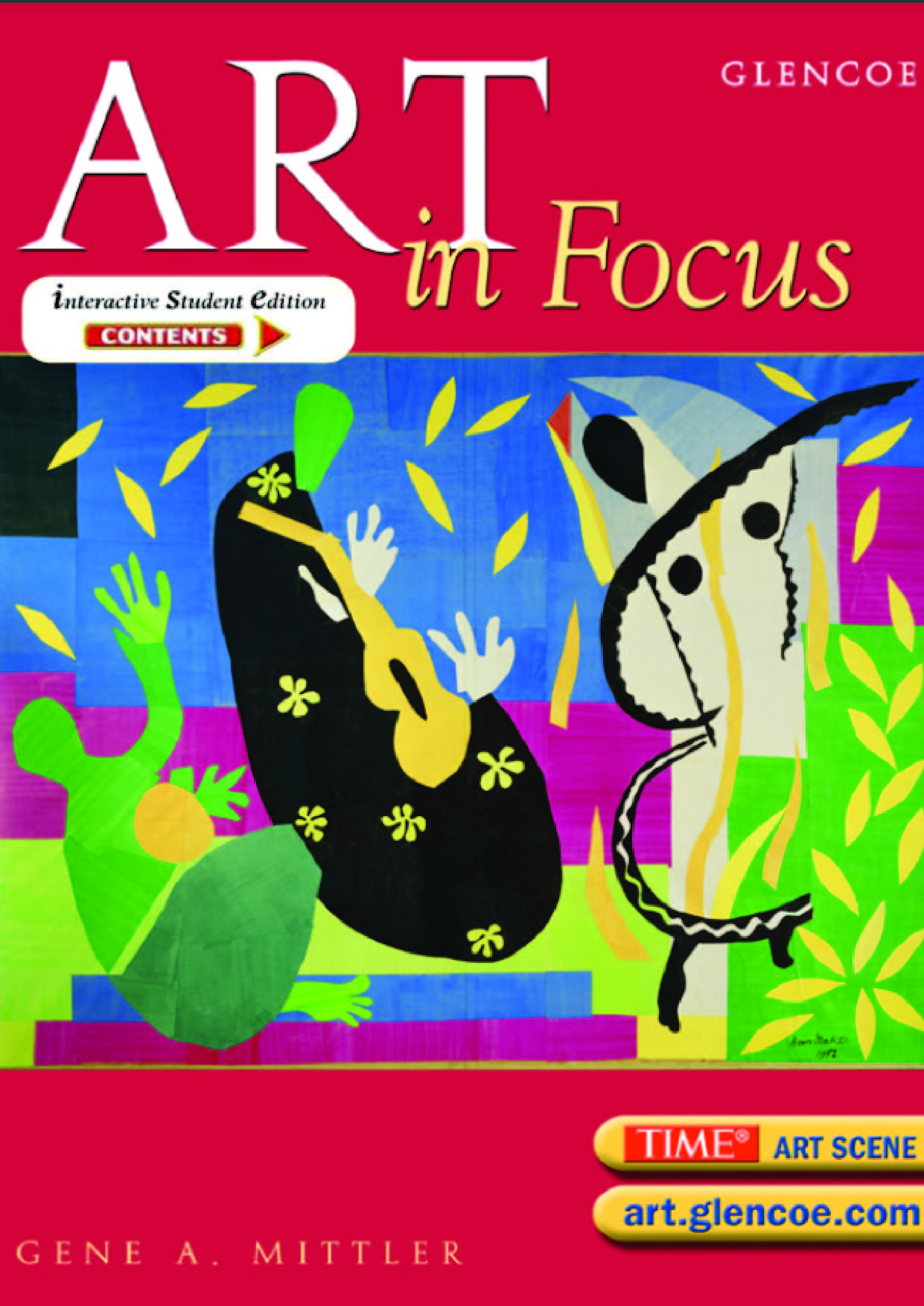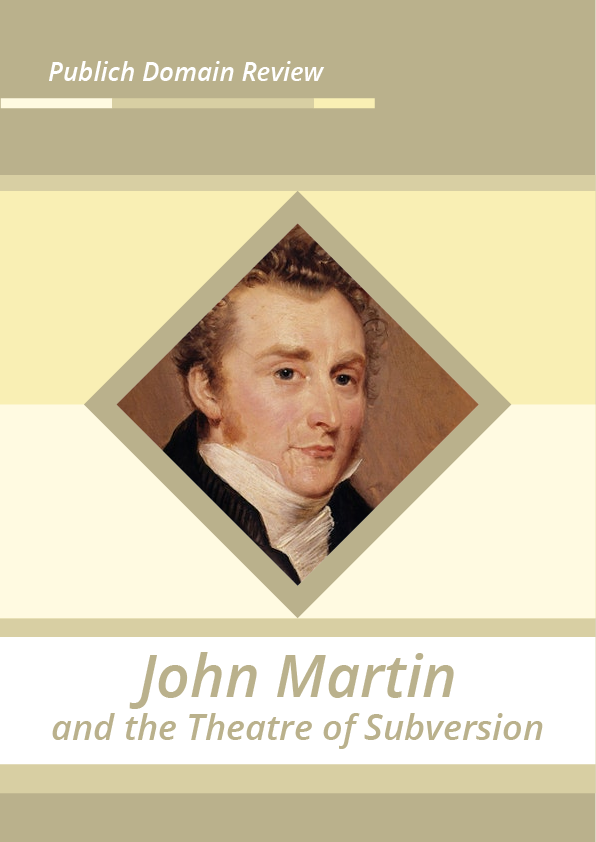In this week’s Art Nouveau season guest post, Júlia Katona, Head of Collection at Budapest’s Schola Graphidis Art Collection, highlights the importance of graphic arts within Art Nouveau and describes how Hungarian artists were inspired by native folk culture.
The Schola Graphidis Art Collection is the museum collection of Hungary’s oldest national art education institution, founded in 1778, and its successors. It conserves, collects, studies and presents all the fine arts, applied arts and technical collections associated with these historic schools.
After the cavalcade of historical styles seen in art during the second half of the 19th century, Art Nouveau brought something extraordinarily new. Its leading artists, architects and designers broke from tradition and sought fresh inspiration in the inexhaustible forms of nature. Art Nouveau quickly reached an international audience through the publication of periodicals.
In particular, graphic artists showcased their work in albums of high-quality chromolithographs. These albums demonstrated how floral and animal forms could be applied to the decorative arts.
The best-known of these publications were executed by the Swiss-born decorative artist Eugène Samuel Grasset (1845-1917) and his pupils, and by one of Grasset’s disciples, Maurice Pillard Verneuil (1869-1942).
These albums were studied not only in Europe’s fine art and architecture colleges, but also in industrial drawing schools across the continent. Their influence extended across Europe’s major cities, including Vienna and Budapest (then part of the Austro-Hungarian Empire).
This explains why the Schola Graphidis Art Collection, the modern successor of the Budapest Metropolitan Industrial Drawing School (1886–1945), has such a remarkable collection of 19th-century pattern books and ornamental prints.
Art Nouveau artists in central Europe looked to native folk traditions to express their distinctive national cultures in new ways. In Hungary, many artists and art teachers collected and published motifs from Hungarian folk art.
One of them was the professor and director of the Hungarian Royal School of Applied Arts, István Gróh.
In 1904, Gróh published a series of prints made using the technique of chromolithography entitled Hungarian Ornamental Motifs (Magyar stilusú rajzminták). This album contained ornamental motifs drawn from 17th–19th century folk objects, including furniture designs, textiles, carved gates, ceramics, mirror frames, leather works, stoves and painted ceilings of village churches. In parallel, the publication presented new Art Nouveau motifs influenced by Hungarian folk art, by the pupils of István Gróh, like Ödön Faragó, Pál Horti, Aladár Buday, Aladár Stiasny, Lajos Pátzay and Lajos Protivinszky. Both the drawings after the original folk objects, and the new designs, display typical features of Art Nouveau: the proliferation of curving lines, the dominance of floral ornaments, and the gracefulness of undulating lines.
In the everyday practice of Hungarian art education, western European ornamental prints (typically from France, Germany and England) were used alongside Hungarian publications. This is why the Schola Graphidis Art Collection contains western European pattern books and locally published works from the 19th century and the turn of the century.
Its reference library specialised in educational books on the industrial arts which form part of the rare book collection today. Plaster casts from the 19th century, as well as antique bookbinding and furniture making tools, are also unique parts of the collection. To discover more about the collection and activities of the Schola Graphidis Art Collection, visit its website.
